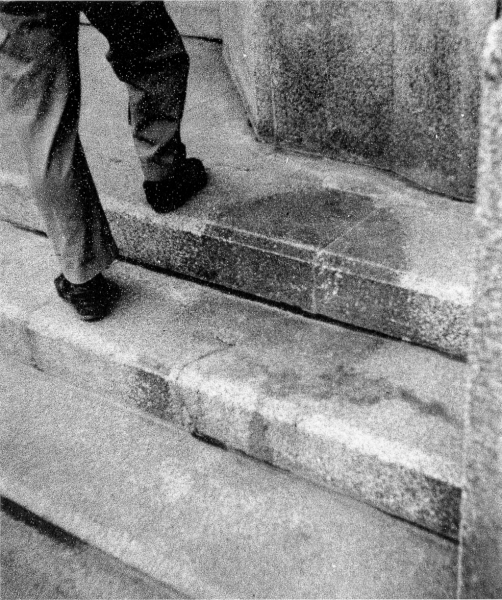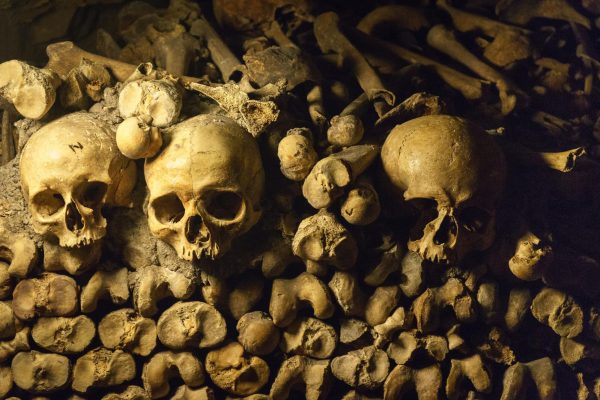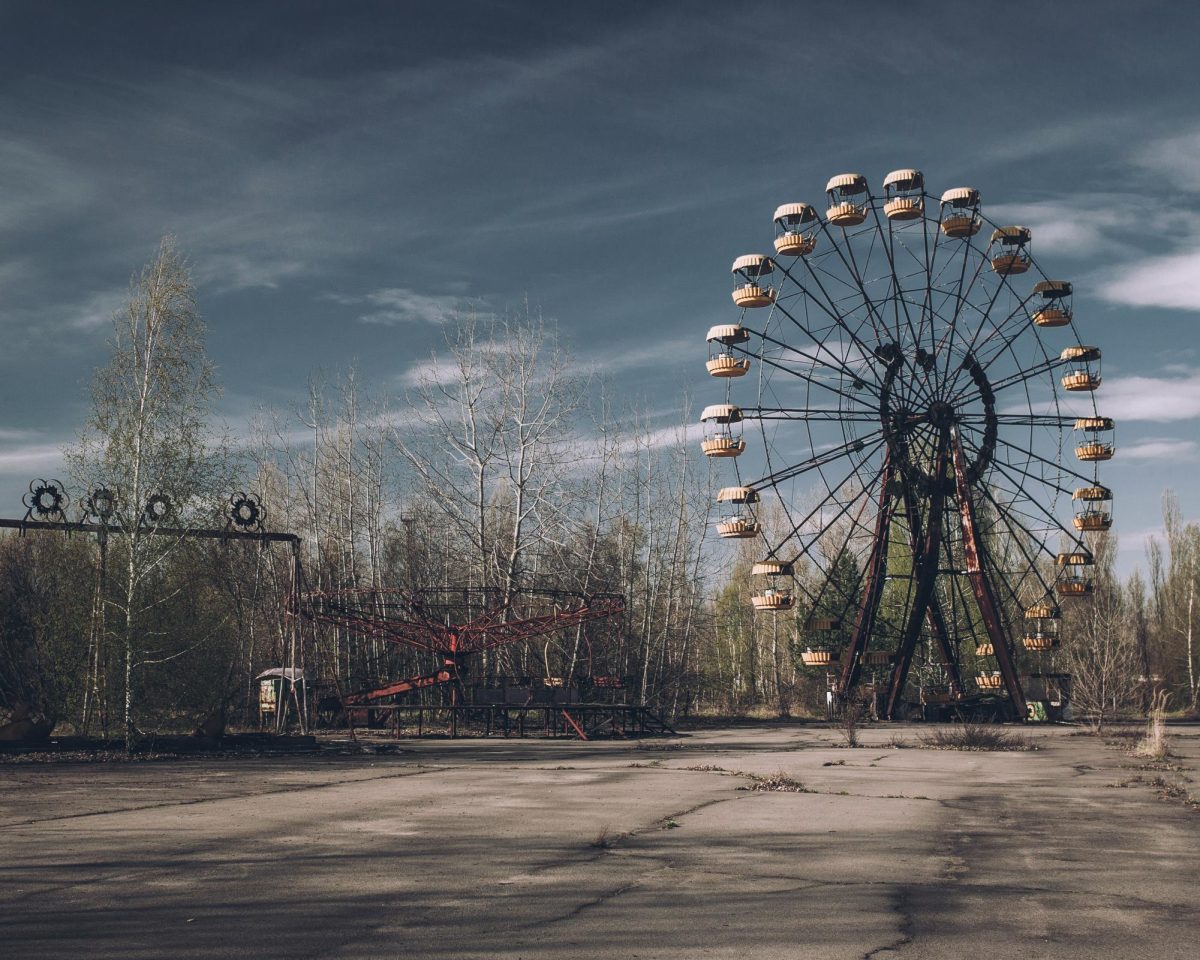A bubbling curiosity begins to rise. It feels wrong to be looking at such terrible things, and yet, you can’t pull your eyes away. Some part of you is screaming for you to turn away, while another cannot bear to. Adrenaline, fear, disgust, and anxiety all begin to swell.
Some people travel for food, others to take pictures of oceans or castles, and others to get away from it all. Some people, however, are enticed not by beaches and pretty views, but rather by skulls and ashes, old weapons, names, and artifacts which they cannot turn away from.
In fact, while Chernobyl and true crime podcasts may appear to have nothing in common, people still may be attracted to both for the same reason.
Morbid Media
When you really begin to look into things like shows, movies, and podcasts, it’s astonishing how many things appeal to our sense of curiosity, especially the ones we hold for the vile and vulgar.
Take, for example, one of the most popular Netflix shows of all time. Dahmer – Monster: The Jeffrey Dahmer Story, recounts the life story of Jeffrey Dahmer, one of the most notorious serial killers in history. With over 100 million views and one billion hours of watch time, The Jeffrey Dahmer Story’s retelling of the killer’s murders captivated many.
Similarly, Breaking Bad, a crime drama spanning five seasons, became incredibly popular. It tells the story of Walter White, a chemistry teacher who turns to manufacturing methamphetamine, a highly potent – and highly illegal – stimulating drug.
As the show continues, the crimes that Walter White commits get progressively darker, until murder is something he does not struggle with. His transformation from a relatable, innocent teacher, who struggles to make ends meet into a murderous drug lord captivates many. After all, Breaking Bad has received countless awards and millions of views. Bryan Cranston and Aaron Paul, who play Walter White and his accomplice, Jesse Pinkman, respectively, even had a statue erected in their honor in Albuquerque, New Mexico, where the show takes place. The show was the most popular show on Netflix in the year of its final season.
The popular fascination with terror extends even further. Horror movies about everything from serial killers to haunted houses have a genre of their own.
And now, we’re seeing a new type of morbid entertainment rise: true crime.
From shows like Breaking Bad to podcasts discussing the most terrifyingly disgusting criminals of all time, crime dramas have become more and more popular. Hours-long YouTube documentaries delving into the deepest, unsettling rabbit holes, or even novels about the life and times of various serial killers are now immensely popular.
Just searching ‘top podcasts’ on Google will give you a myriad of true crime shows. And with countless hooks to lure in listeners, it’s no wonder they easily reached the top.
Exploring Death
This fascination with death stretches back far into history. Public executions – which are now a thing of the past – used to be a major social event. Gallows, meant to hang prisoners sentenced to death, were built like stages, and often in wide, open spaces so passersby could stop and watch.
Now, those sorts of exhibitions of death are frowned upon. But people still find other ways to satisfy their curiosity.
Some people will choose to visit graveyards on their walks, or even dedicate entire portions of their vacation to seeing something horrific; like the remains of Chernobyl, the site of the worst nuclear disaster in history, or the Tower of London, famous for being the execution site of various dishonored English kings and queens. Many people have even gone to the location of Walter White’s house from Breaking Bad, trying to recreate scenes from the show, leading to the owners having to put up a fence around the property.
Human Nature
At first, one might think morbid curiosity is wrong, or something to be ashamed of. In some cases, though, it can be used to teach.
Hiroshima’s ‘shadows’, created by the heat of the nuclear blast, were permanently stained into nearby structures. The Hiroshima Peace Memorial Museum preserved several of these shadows, which people can now see memorialized. But curiosity around things like these contributes to tourism – which can help fund memorials like the Museum, ensuring that the site’s history is forever preserved, along with the shadows.

“Dark tourism taps into that psychological feature of our minds to be wary of particular locations,” said Dr. Coltan Scrivner, a behavioral scientist at the Psychology Department of Arizona State University, in an interview with me. “Historically, a lot of scary stories that were told around the campfire were about places that were dangerous. A lot of stories we have are about locations. If you look at children’s fairy tales, it’s always ‘don’t go into the woods alone, don’t go into a stranger’s house alone.’”
Dr. Scrivner also suggests that it’s related to a desire to find out more about those locations. “I think it helps us to envision what it would have been like to be there from both sides, both as the people who are perpetrating the evil acts and as people who are victims of it. It helps to almost put yourself in their shoes,” he said. “And we do the same thing when we watch a scary movie or a true crime story.”
With true crime and horror movies, we imagine what it must be like for the people in the stories, running away from a monster or a serial killer. “We’re putting ourselves in those locations. Dark tourism allows us to do that physically, right? Which can help us get a better sense of what these places were like. So it just provides a more visceral experience,” Scrivner said.
Scrivner also theorizes that morbid curiosity is derived from a natural survival instinct. Just as many stories warn children not to go to a certain dangerous location, things meant to scare us, like horror media, can also help us survive. “The question is really, why is that activity fun or interesting? What I noticed was that I would say almost all across the animal kingdom, you have instances of prey trying to observe or learn about predators when the opportunities exist. But in the animal kingdom, they don’t exist that often, because it’s usually pretty dangerous to learn about predators,” Scrivner said. However, in a safe environment – like at home – watching a movie, or at the site of something terrible, the danger is gone. We now feel safe looking at those things because the threat has disappeared.
When you get that shot of adrenaline from a suspenseful movie, you become anxious or fearful, which puts your nervous system into high gear. But at the end of the movie, you begin to calm down again, which actually creates a feeling of relaxation as the threat goes away. Dark tourism can give people that same sense of control or resolution.

“It’s interesting to us because something terrible happened here. It’s now presumably safe, or at least safe enough for us to travel to and learn about. And so I think it taps into that psychological need to understand places that are dangerous,” he said.
You can control a horror movie by pausing it, skipping over a certain part, or even turning it off altogether. Similarly, with exploring these places, you can look away from a particular museum exhibit or have your friends there with you to experience it. That control makes us feel safe enough to explore the disgust and fear we feel about certain events. By understanding our predators, or the people who do bad things and the places they happen in, we can then learn to defend ourselves against them in the future – either by avoiding them or learning to deal with them.
Morality
Some might say going to the site of a terrible disaster because you like learning about death is degenerate or disrespectful, just another product of society’s ever-decaying sense of respect, or another ploy from global companies to earn more money.
If you plan on visiting one of these places, respect is paramount. You might be tempted to snap selfies with friends or make a joke on social media about the place, but it’s important to remember that many of these sites are here to teach us about what happened, not to serve as entertainment for ourselves or others.
Take photos. Ask questions. Learn and grow, but always be mindful of tragedy.
Some places might inspire hope that we can move forward as a people, but in order to do so, we need to recognize our own history.
Some people travel for food, others to take pictures of oceans or castles, others to get away from it all. Some people, though, are enticed not by beaches and pretty views, but rather by skulls and ashes, old weapons, names, and artifacts which they cannot turn away from.

